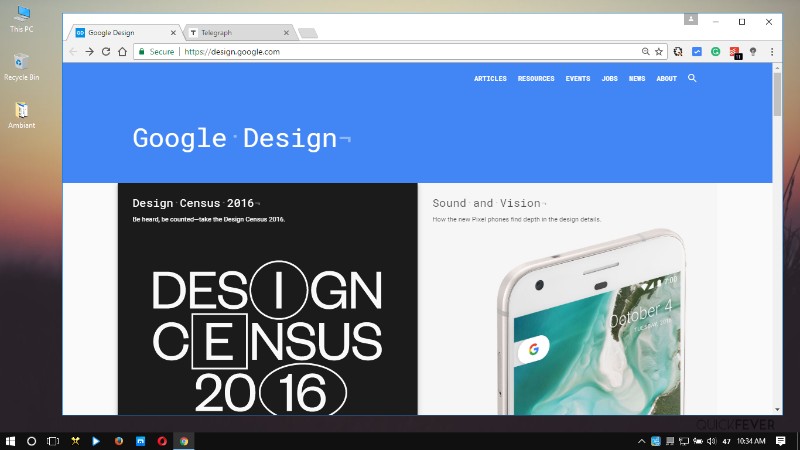

Using bright contrast was advised for some (such as those with low vision) although some users on the autistic spectrum would prefer differently. This is particularly helpful for users with motor disabilities where using the mouse can be quite difficult, especially with precise movements, whereas keyboard use is much easier.Īnother aim of the posters is that they're meant to be general guidance as opposed to being overly prescriptive. For example, consider designing for keyboard use only. We need to be mindful of not just designing or building for our own immediate needs. While this is true, the aim of the posters is to raise awareness of various conditions through good design practice. So, aren’t good design principles applicable to everyone and not just those with access needs?

The dos, that run across various posters, include using things like good colour contrasts, legible font sizes and linear layouts. Posters showing the dos and don'ts of designing for users with accessibility needs including autism, blindness, low vision, D/deaf or hard of hearing, mobility and dyslexia Currently, there are six different posters in the series that cater to users from these areas: low vision, D/deaf and hard of hearing, dyslexia, motor disabilities, users on the autistic spectrum and users of screen readers. The dos and don’ts of designing for accessibility are general guidelines, best design practices for making services accessible in government. Together with the team, she’s created these dos and don’ts posters as a way of approaching accessibility from a design perspective. Karwai is part of an accessibility group at Home Office Digital, leading on autism.

Karwai Pun is an interaction designer currently working on Service Optimisation to make existing and new services better for our users.


 0 kommentar(er)
0 kommentar(er)
